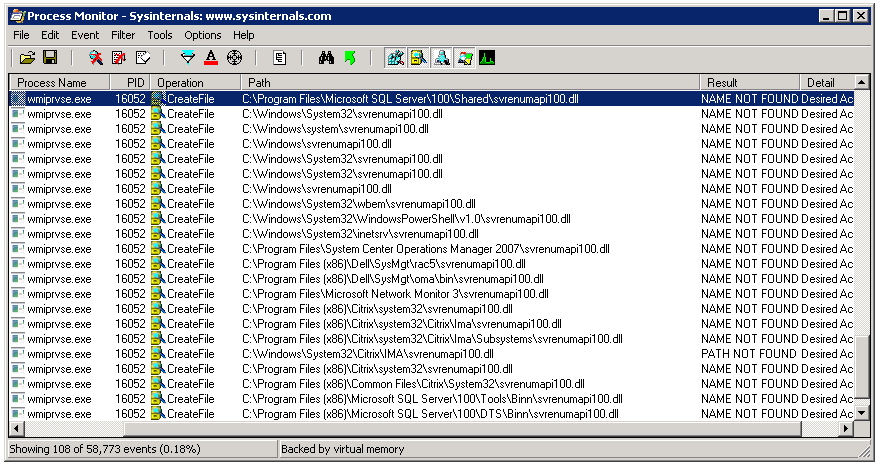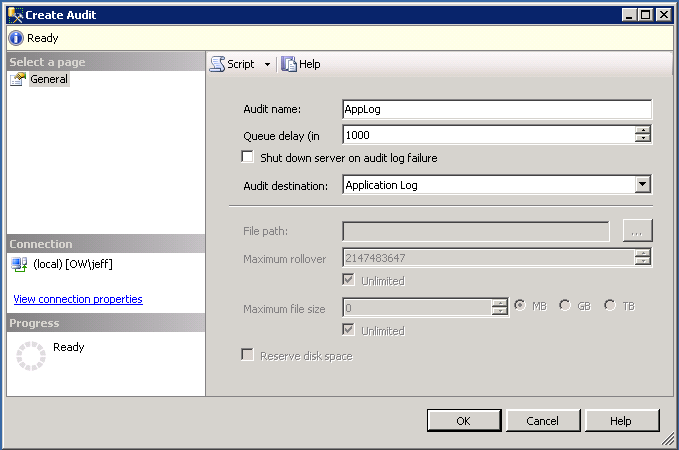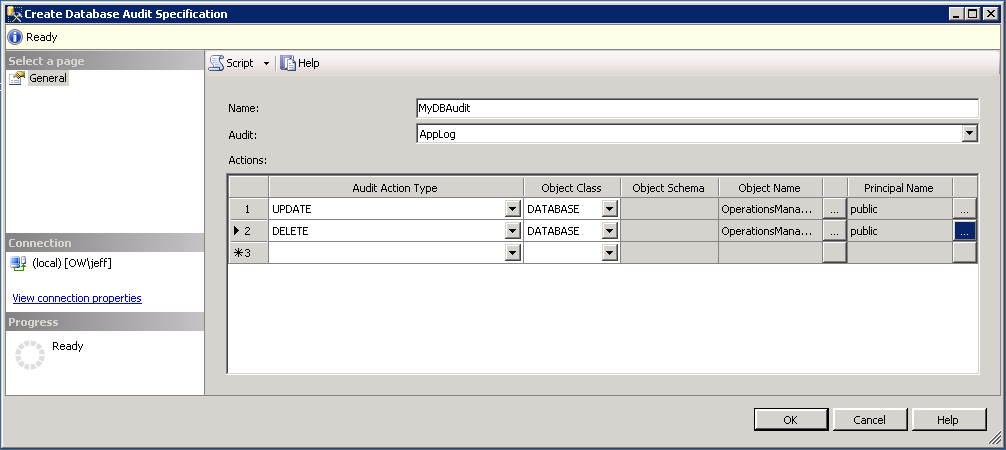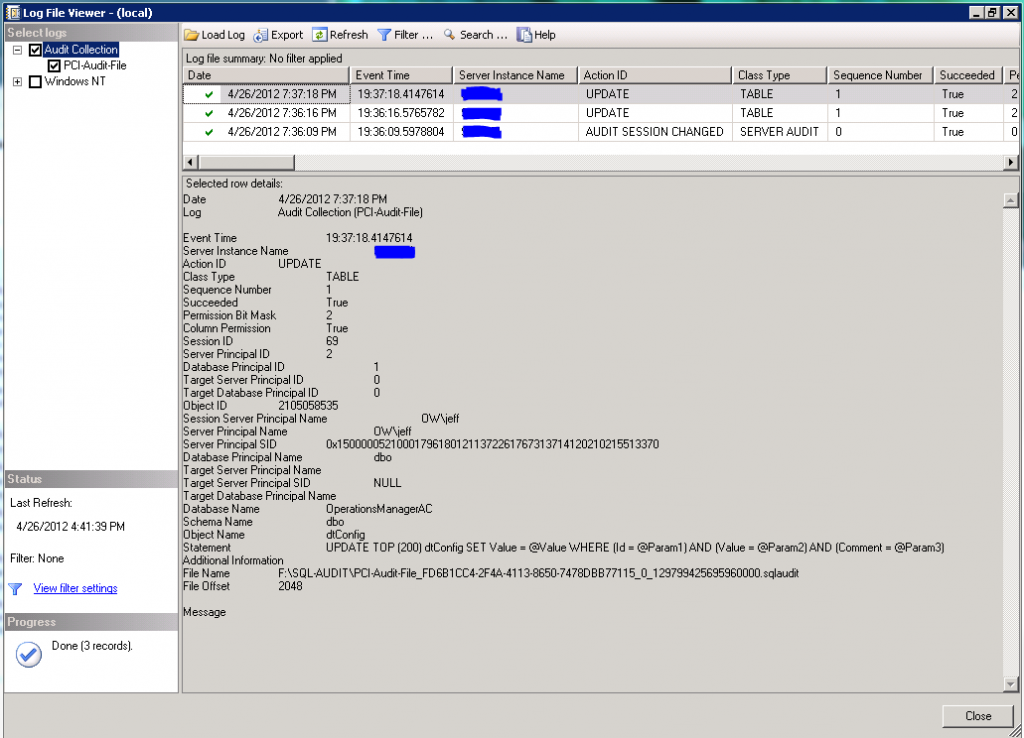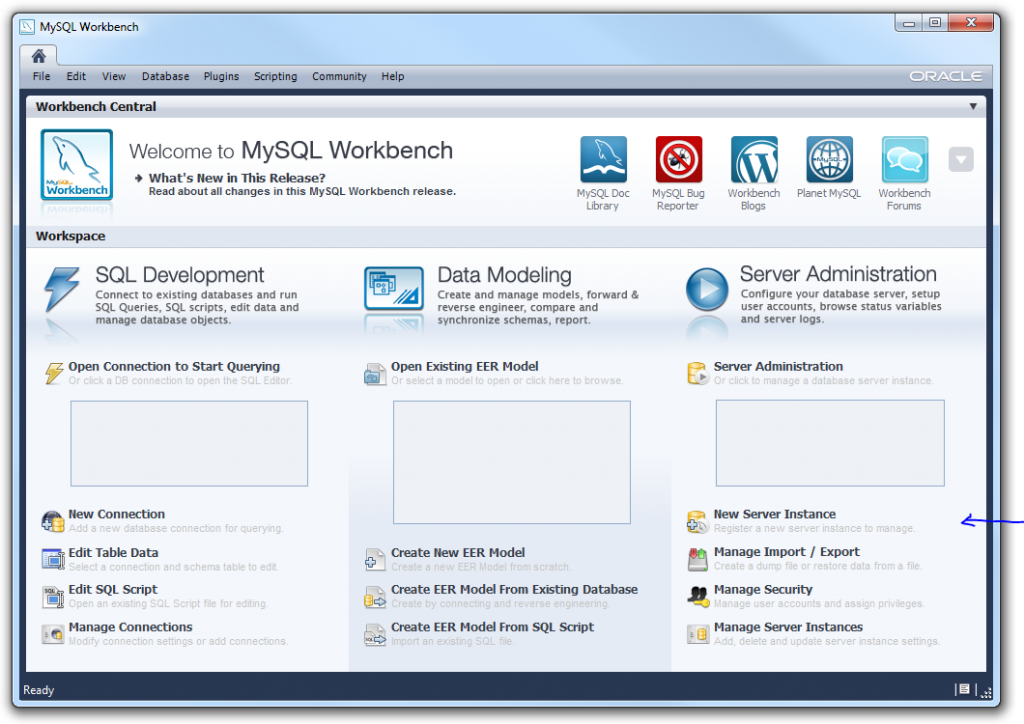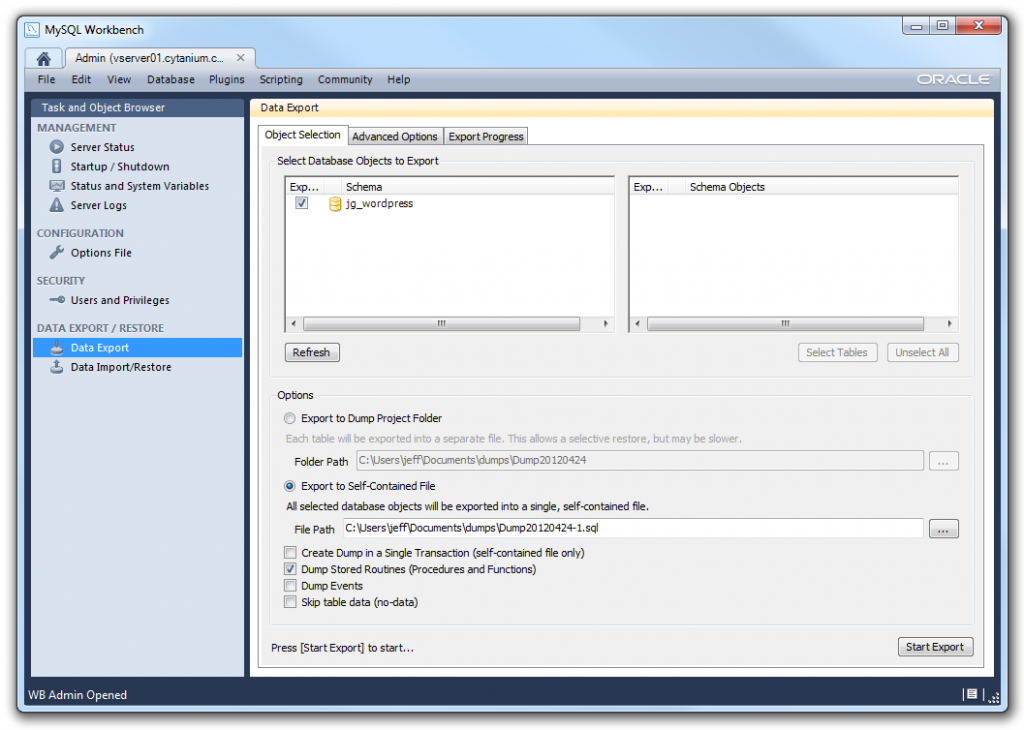Managed Service Accounts were first introduced in Server 2008 R2. They are a clever way to ensure lifecycle management of user principals of windows services in a domain environment. Passwords for these accounts are maintained in Active Directory and updated automatically. Additionally, they simplify SPN management for the services leveraging these accounts. In Server 2012 and above, these can also be configured as Group Managed Service Accounts which are useful for server farms. A common scenario for using a managed service account may be to run a the SQL Server service in SQL 2012.
There are a few steps involved in creating these managed service accounts on Server 2012 R2. First, there is a dependency on the Key Distribution Service starting with Server 2012 (in order to support group managed service accounts, though it’s now required for all managed service accounts). You must configure a KDS Root Key. In a production environment, you must wait 10 hours for replication to complete after creating the key, but in lab scenarios with single domain controllers, you can force it to take effect immediately:
Add-KdsRootKey -EffectiveTime ((get-date).addhours(-10))
Once the key has been created, you can create a managed service account from a domain controller. You will need to import the AD Powershell module. We’ll create a MSA named SQL01MSSQL in the contoso.int domain for use on a server named SQL01
Import-Module ActiveDirectory
New-ADServiceAccount -Name SQL01MSSQL -Enable $true -DNSHostName SQL01MSSQL.contoso.int
Next, you’ll need to specify which computers have access to the managed service account.
Set-ADServiceAccount -Identity SQL01MSSQL -PrincipalsAllowedToRetrieveManagedPassword SQL01$
Lastly, the account needs to be installed on the computer accessing the MSA. You’ll need to do this as a domain admin and the AD Powershell module installed and loaded there as well:
Enable-WindowsOptionalFeature -FeatureName ActiveDirectory-Powershell -Online -All
Import-Module ActiveDirectory
Install-ADServiceAccount SQL01MSSQL
You can now use the MSA in the format of DOMAINNAME\ACCOUNTNAME$ with a blank password when configuring a service.
